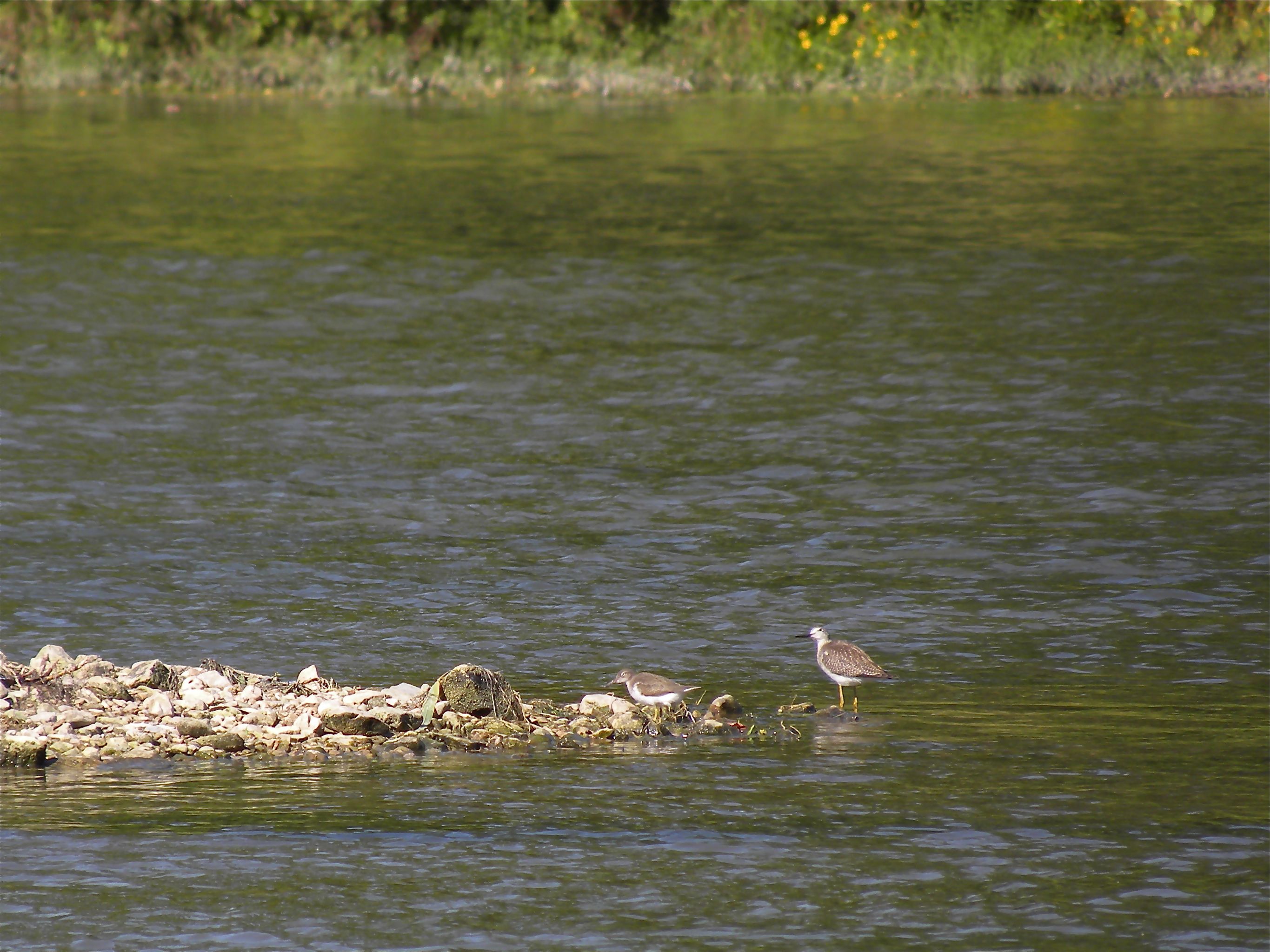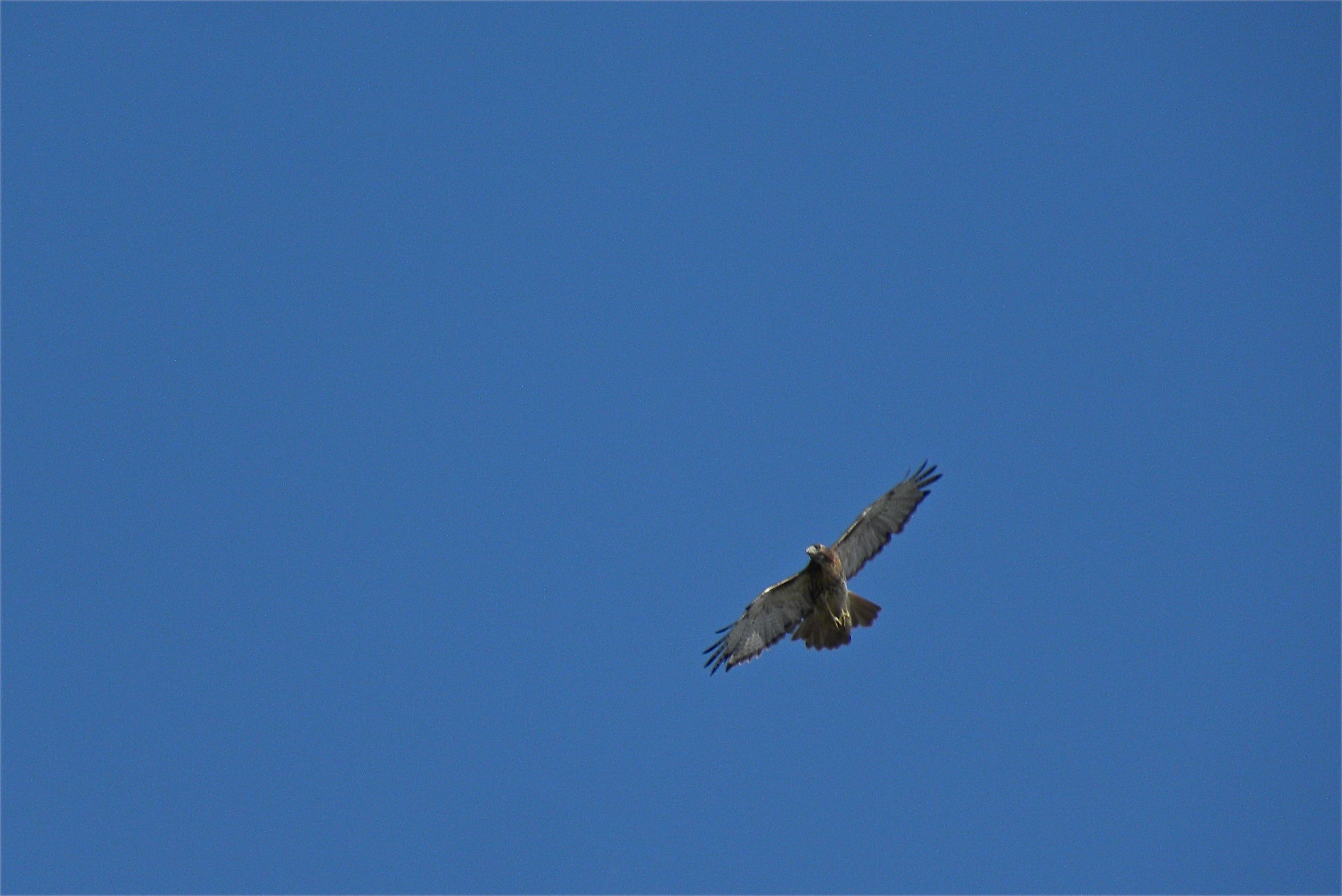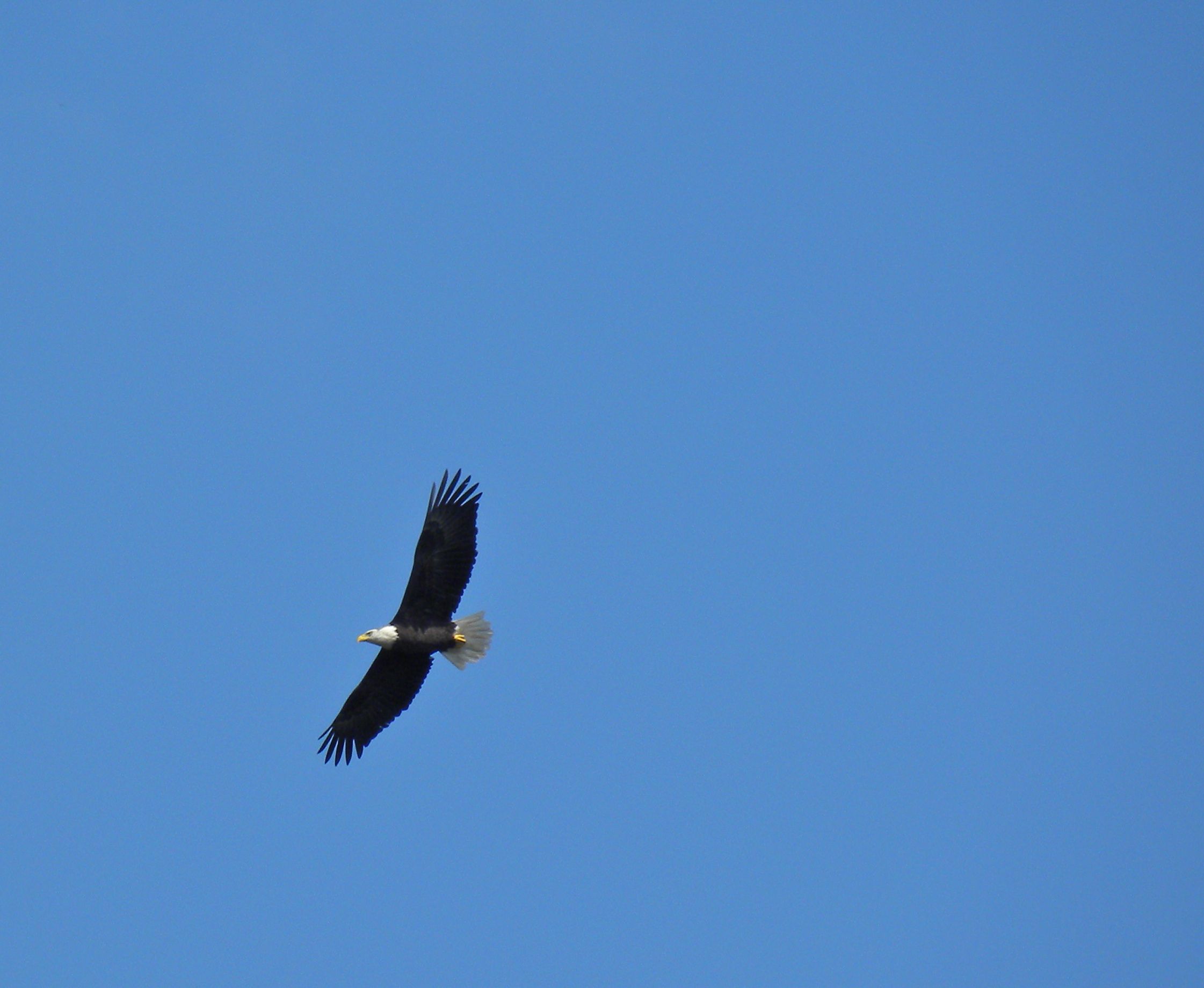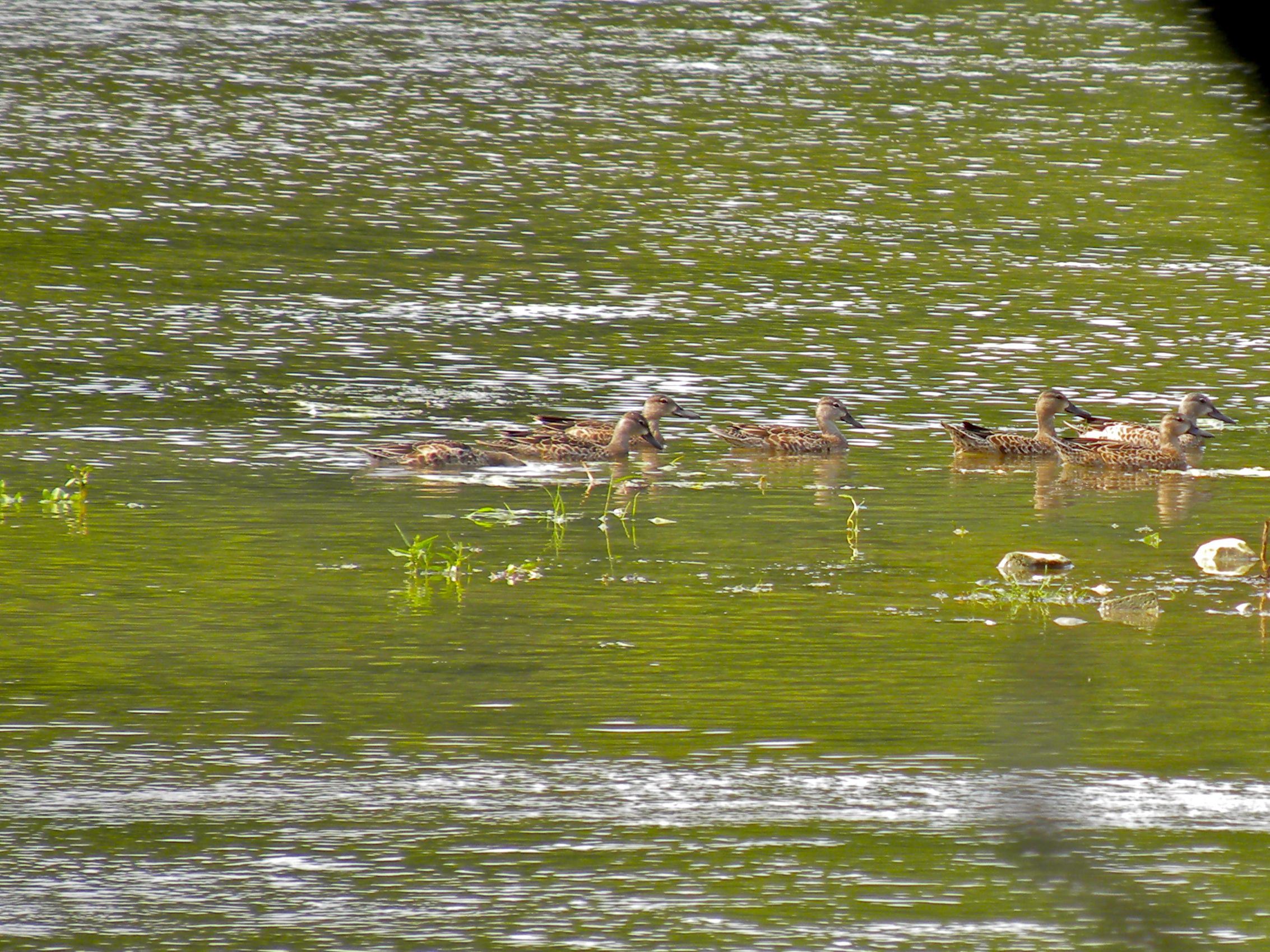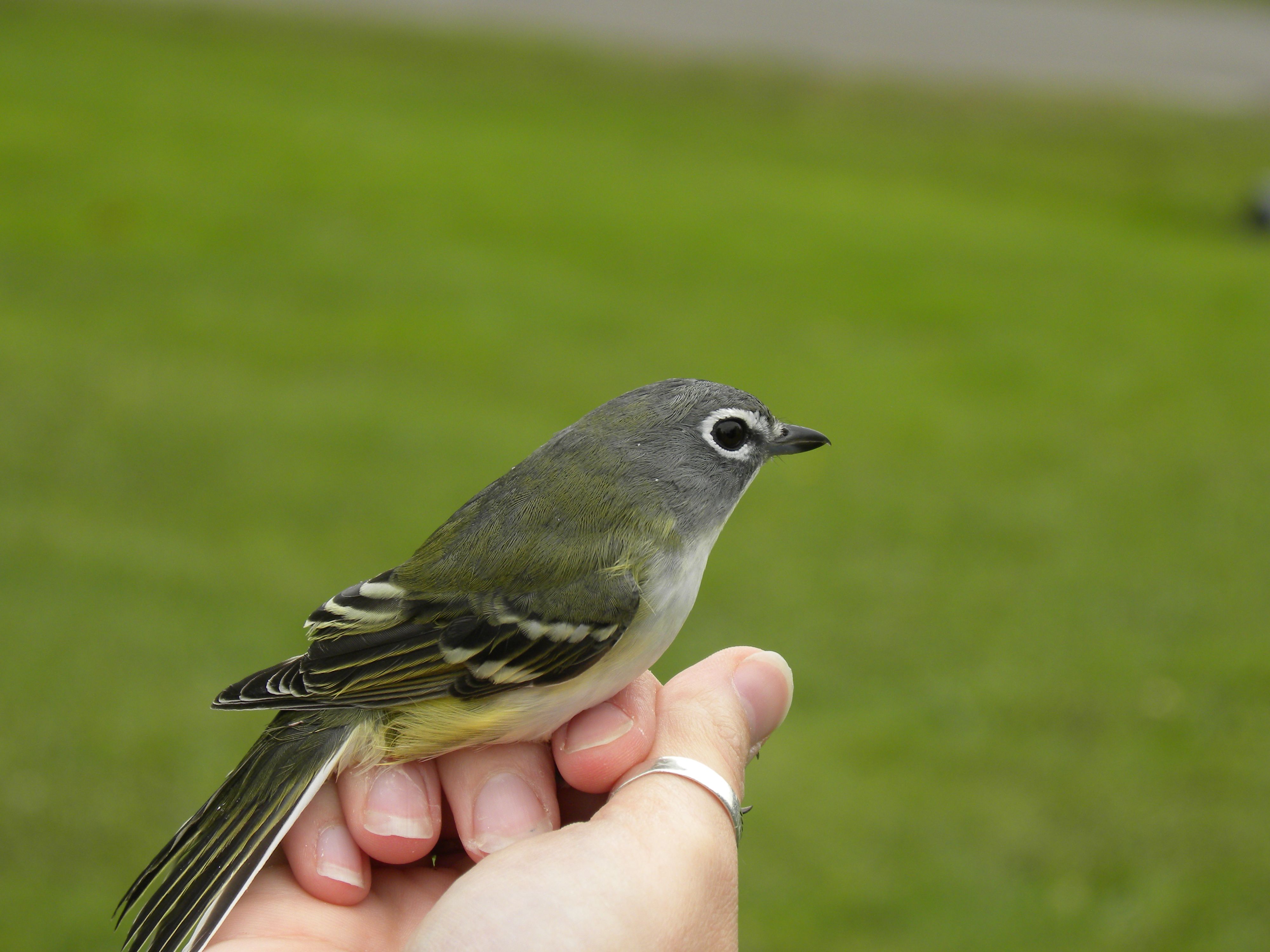September 12 2012. Ruthven Park, Cayuga ON. This may be looking a gift horse in the mouth, but today’s birding while quite varied and done in beautiful weather, was not really all that memorable. I went to the bird observatory early, early enough to be there before the mist nets were all open and with the door to the banding lab still locked.
As is usually the case, around mid-morning I did the daily census but was quite surprised at how quiet the grounds and woods were, in fact I only found 24 species; usually at this time of year I’d get more like 35 to 40 . I couldn’t even find a single Song Sparrow, Killdeer or Red-winged Blackbird. There was an Osprey fishing along the river and I was lucky enough to see it rise from the waters carrying a nice sized something-or-other. There were flocks of Cedar Waxwings working over a couple of Red Cedars trees picking berries and occasionally sallying out for an insect meal, and a Red–bellied Woodpecker was noisily scratching for a living from the top branches of a Shagbark Hickory.
The river has a small gravel bar in the middle, which has been uncovered long enough this year to be quite well vegetated, mostly with Pink Knotweed. I scanned the length of it and the nearby shallows hoping for some ducks or shorebirds, at first there was nothing, but then a pair of Lesser Yellowlegs appeared from behind the Knotweed and as I watched a Spotted Sandpiperjoined them. They were a welcome addition to an otherwise quiet census round, and Lesser Yellowlegs always seem to add charm to a shoreline, enough to be today’s Bird of the Day. I managed to get a couple of long-shot photos, here’s one of them withe Spotted Sandpiper, like one of those funny mid-blink, looking-the-wrong-way holiday snaps.
